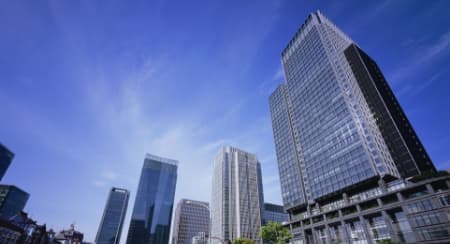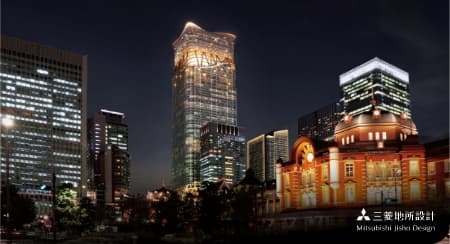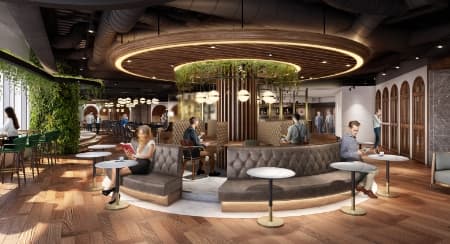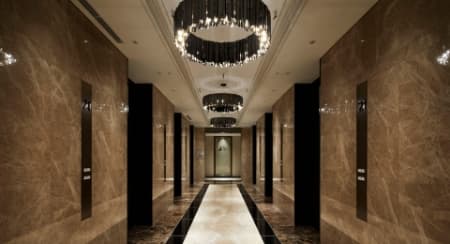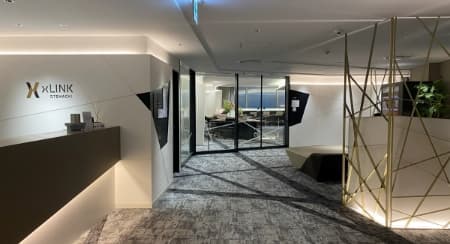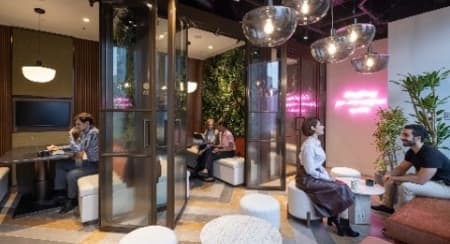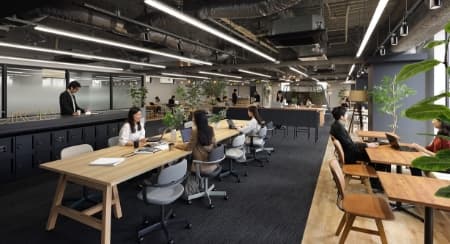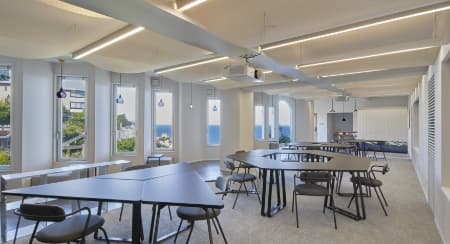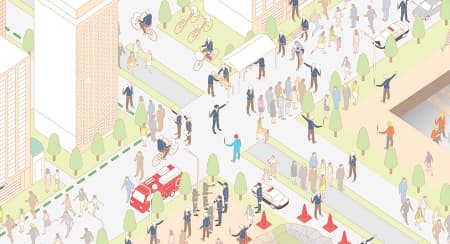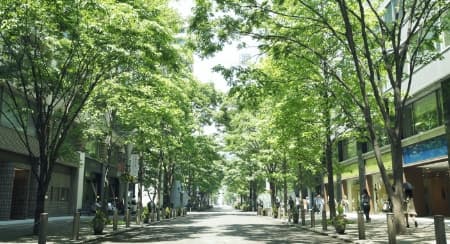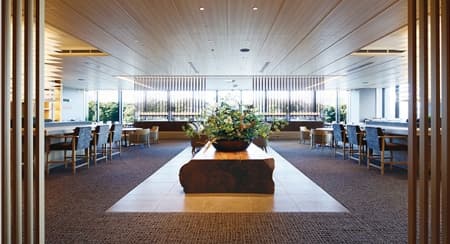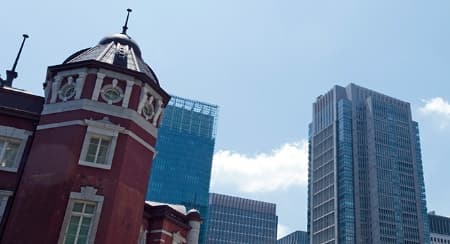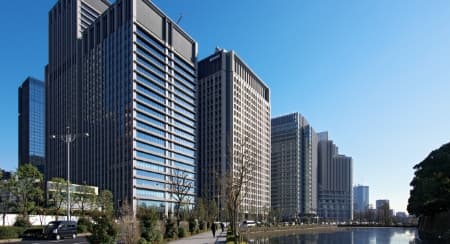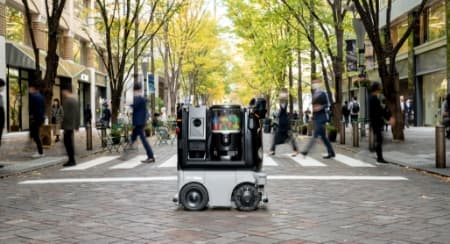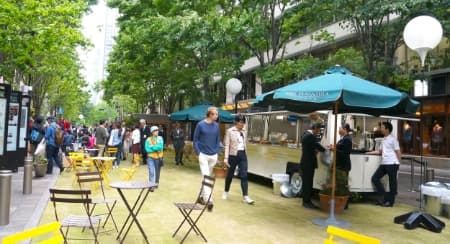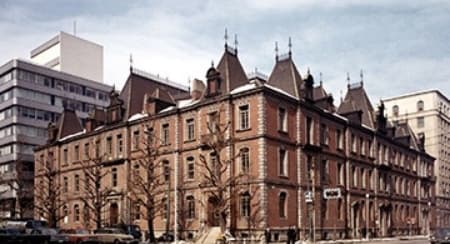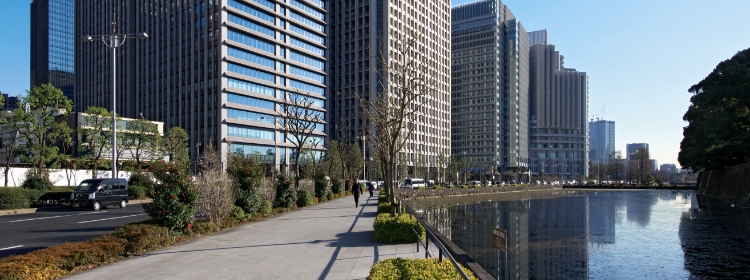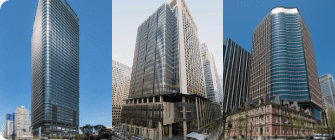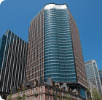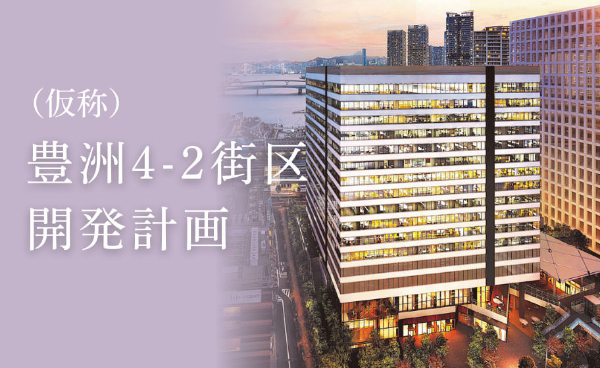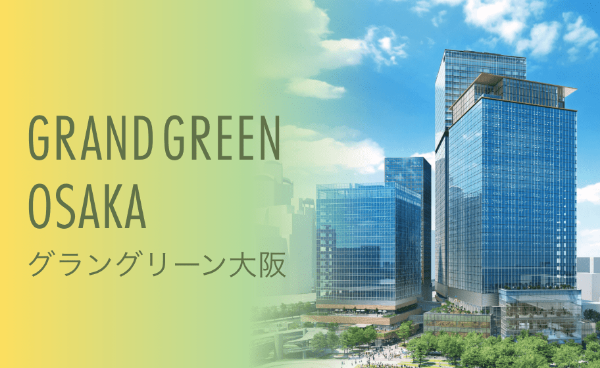Disaster-resistant area
has a low "building collapse risk" and "earthquake fire risk". The total risk is the lowest "Rank 1" area.
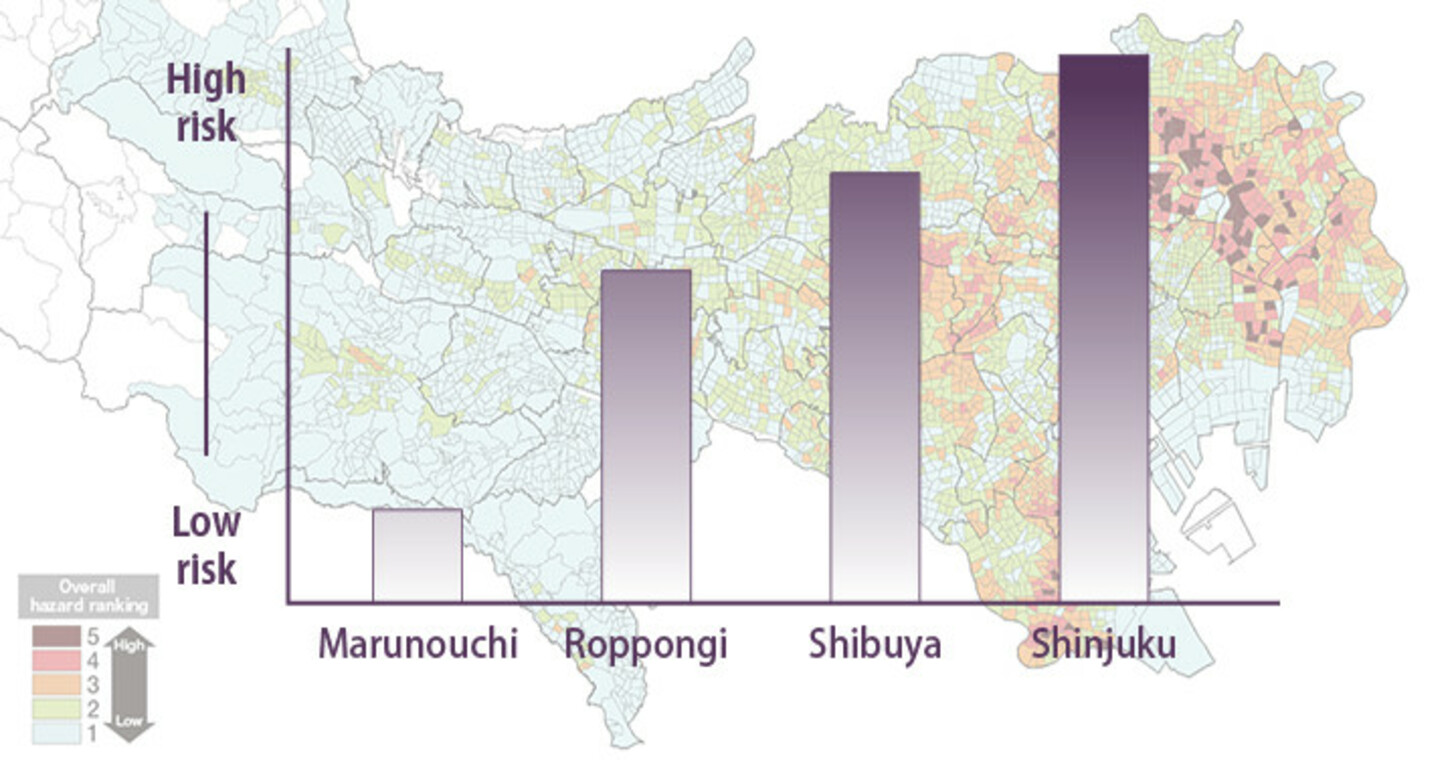
“Area” disaster prevention measures
In addition, Marunouchi is the resistant area from the aspect of ICT, because we have established an information hub function that collects, edits, organizes, and distributes information including local information.
through public-private partnership
Contribute to the BCP of the entire area,
"Disaster management center building"
At the center of collaboration is Mitsubishi Estate's "Disaster management center building."

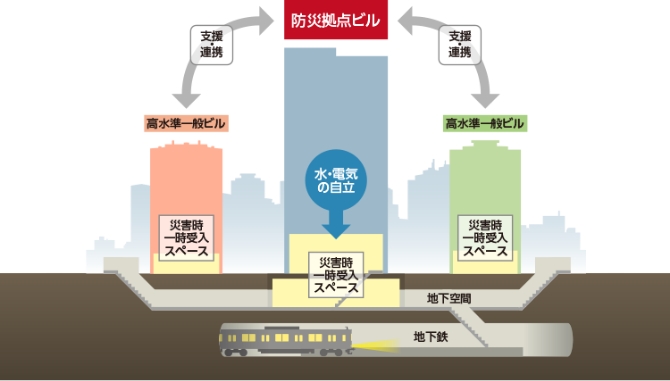
Formation of a next-generation disaster prevention center with
information hub functions through public-private partnership


Disaster dashboard to consolidate wide-area and local information


Electric power grid network to support business continuity
Stable power supply from multiple lines
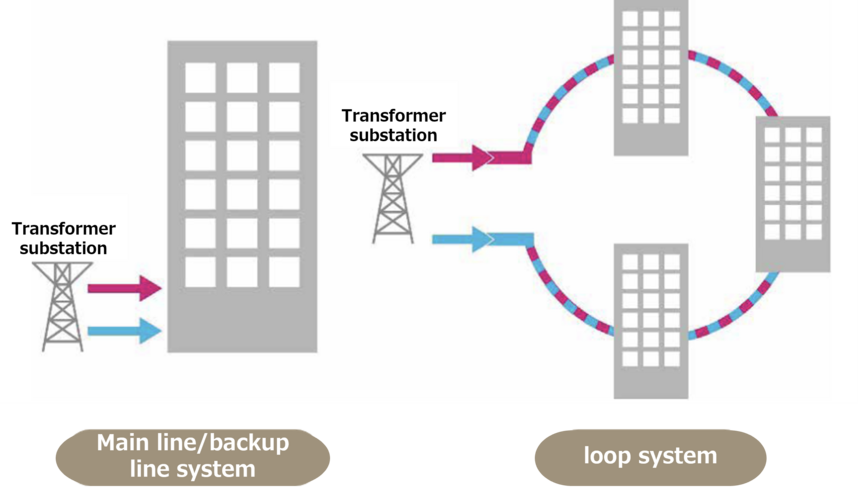
Emergency generator fuel multiplexing

Implementation of a large-capacity oil tank
Example of properties

 Tokiwabashi Tower
Tokiwabashi Tower

 Otemachi FC Grand Cube
Otemachi FC Grand Cube

 Marunouchi Park Building
Marunouchi Park Building

 Marunouchi Eiraku Building
Marunouchi Eiraku Building
Highly stable
energy network
The plant and piping are installed in a highly earthquake-resistant Structure located 20 to 30 meters underground, which is not easily affected by earthquakes.
In addition, between plants, the supply piping system is networked and a backup system is constructed.
In addition, professional staff are stationed on a 24-hour basis.
Cogeneration system/utilization of waste heat


Marunouchi-Otemachi-Yurakucho area energy network [SUPER TUBE]
"SUPER TUBE" is the tunnel roads and pipe networks that integrate cold/hot water and steam pipes. An efficient and highly reliable energy network enhances the area's disaster prevention performance and environmental performance.


"Don't forget 3.11" for safer city development


After the Great East Japan Earthquake that occurred in March 2011, employees made their own decisions to operate the air conditioning in the building continuously until the next day, turning on the Lighting in Common Spaces, opening the restrooms, and providing blue seats. In addition, we were able to accept many stranded commuters because we were able to provide a place to rest for People who were stranded who had gathered at the building, thanks to the reassuring support of food supplies from nearby stores.
It was a moment when not only the building was safe, but also the people living there and the town/region, including the surrounding shops, came together to face the disaster. I believe that this is an example of the realization of the idea that true safety can only be achieved through this process.
Mitsubishi Estate has positioned "safety and security" as part of its corporate culture, and has a history of simply Building Height countermeasures. increase. Mitsubishi Estate will continue to strengthen its disaster prevention measures in the pursuit of safety and security.
